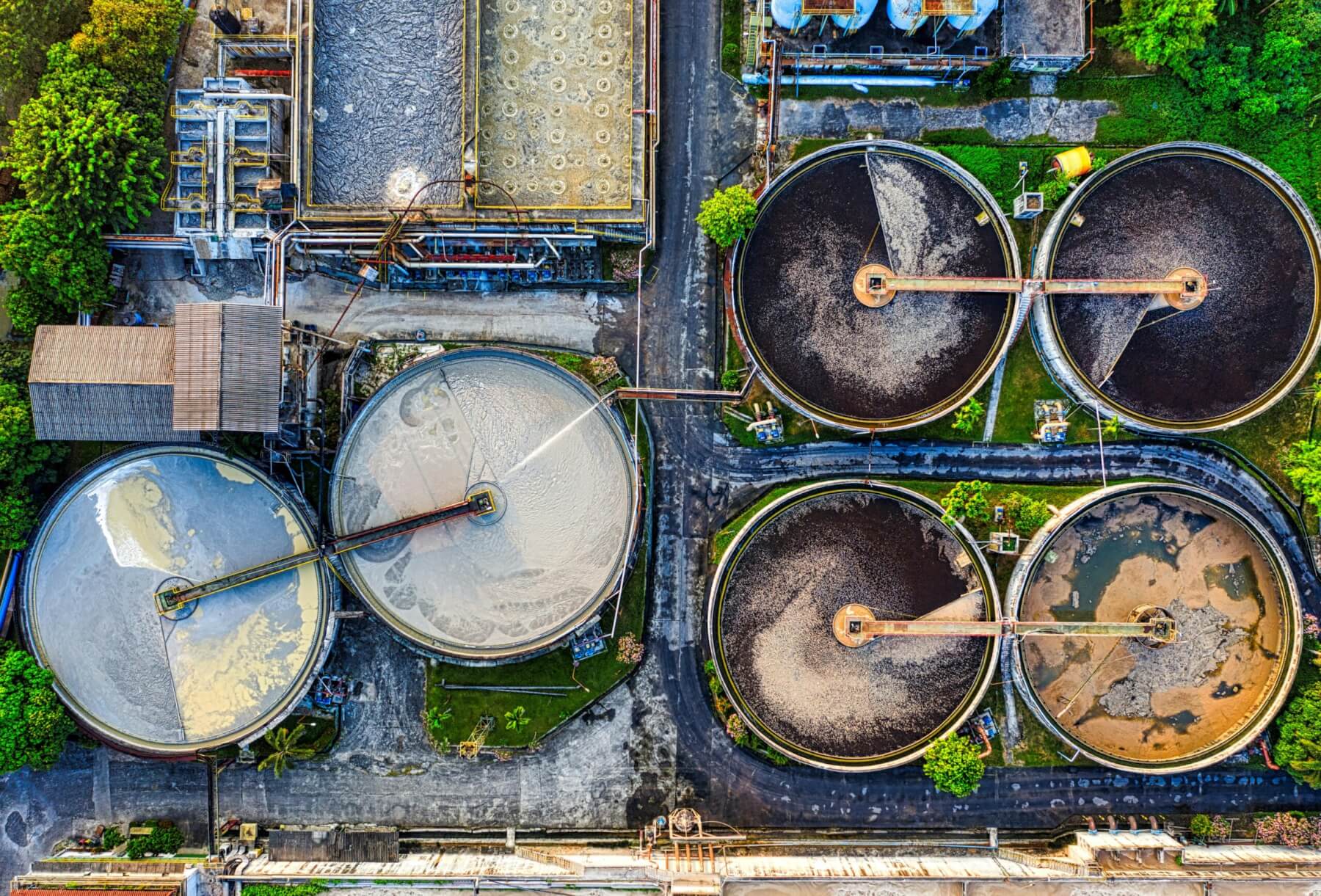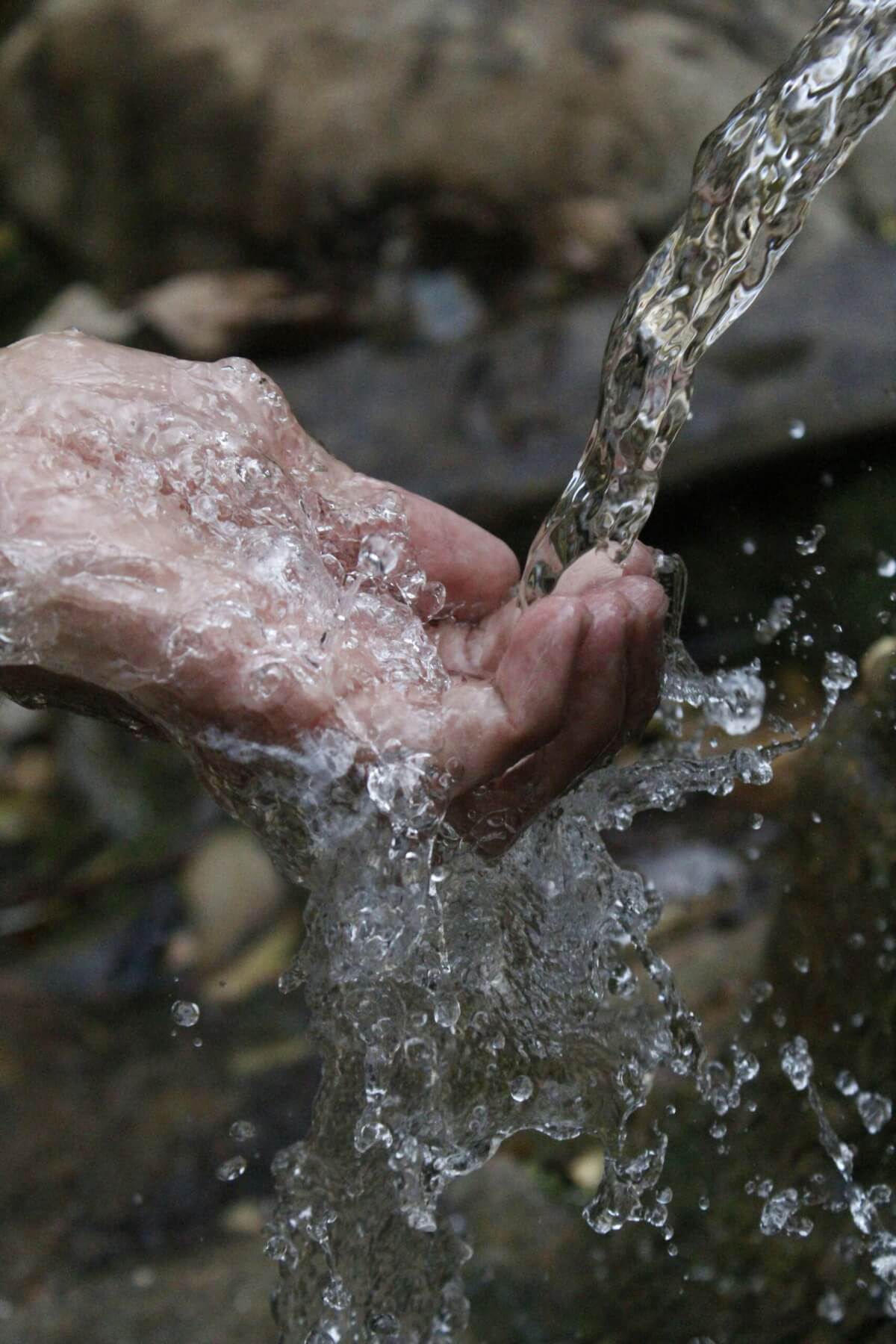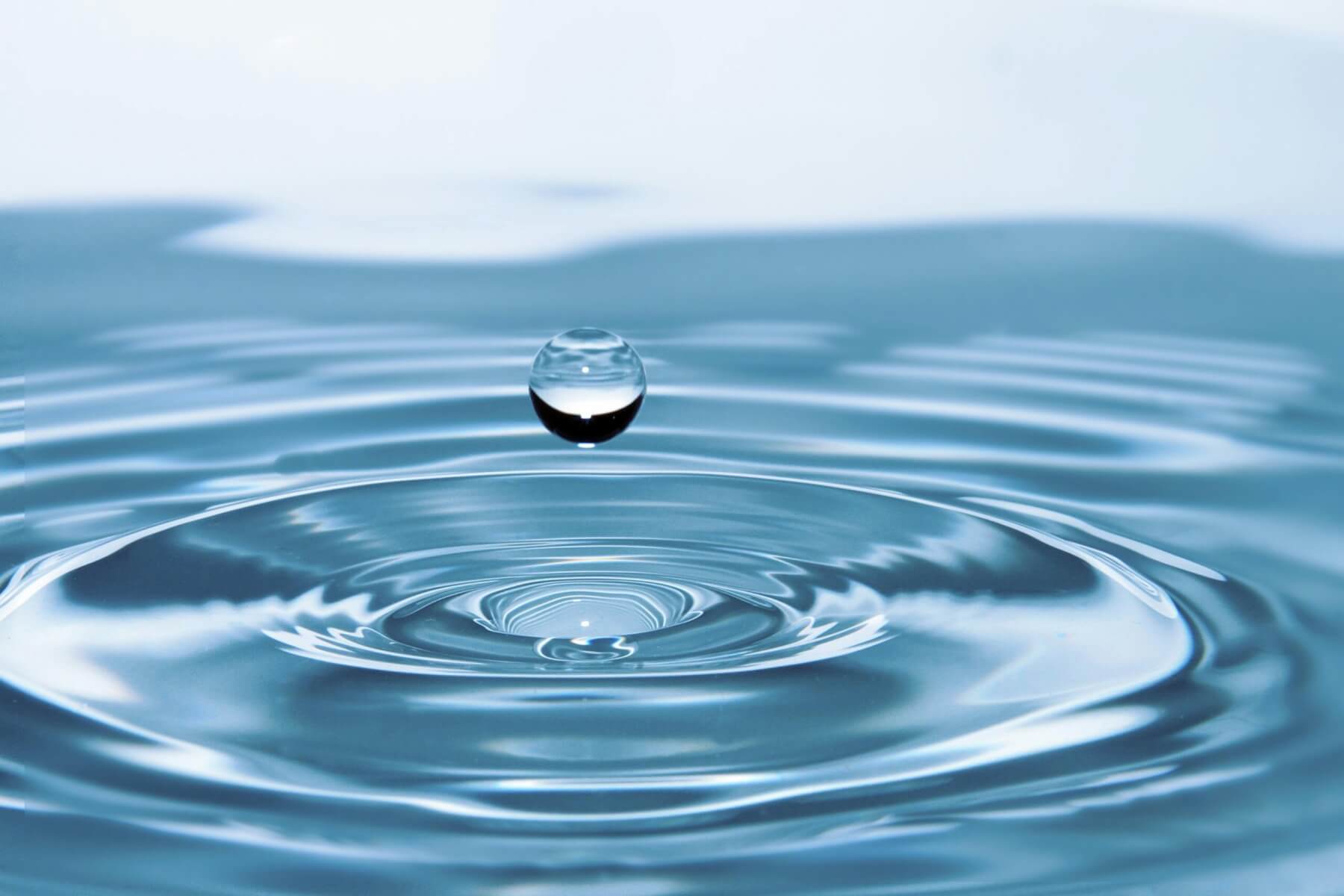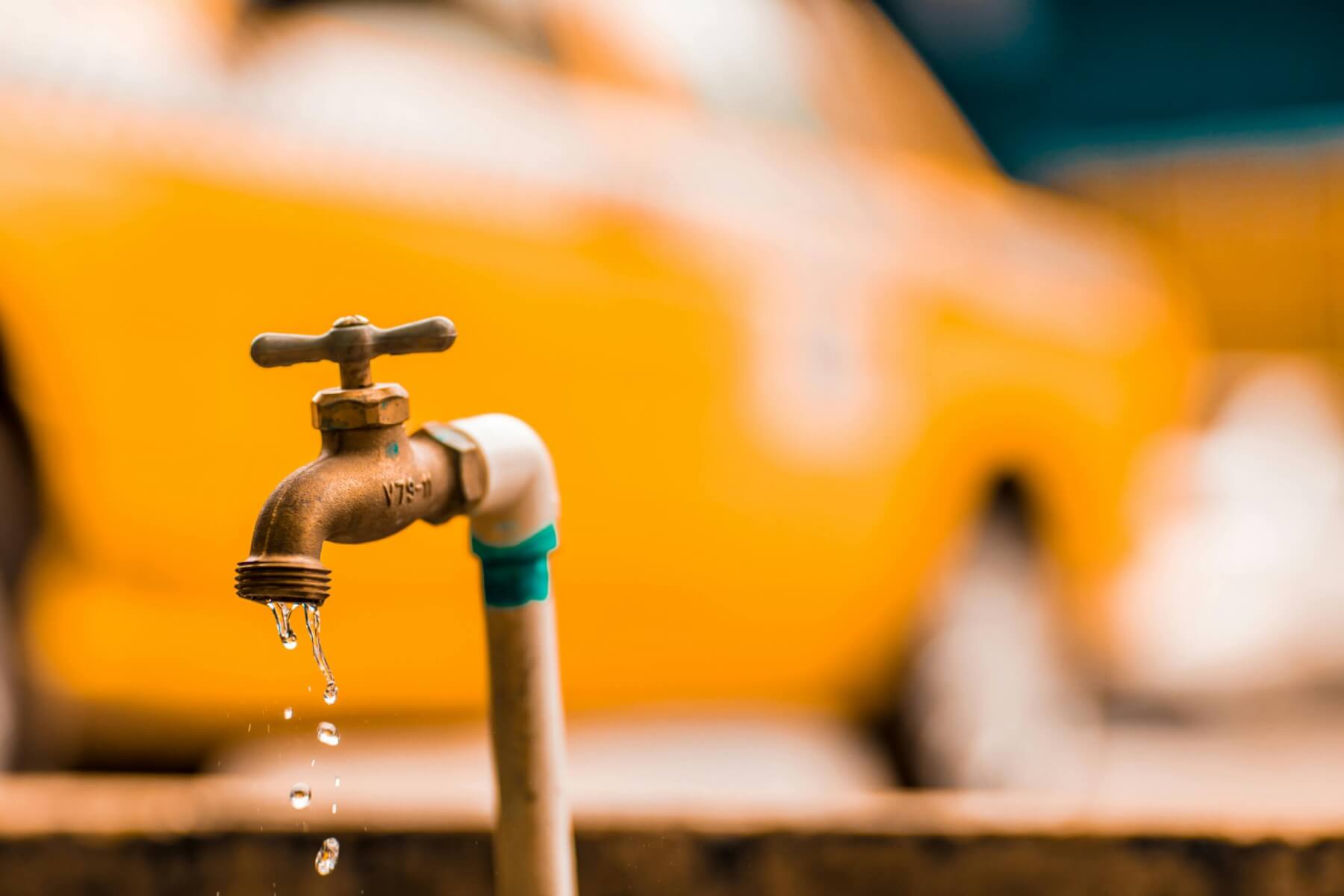A 34-page memo from Delivery Performance manager Sherryn Paterson in an open forum last week helped Waipā councillors decide a seven council regional organisation was the better option for the district.

Wastewater, part of Water Done Well. Photo: pexels.com
Her memo was also the first opportunity for the public to appreciate the nuances involved in the water saga.
Waipā will be in the box seat of a regional model likely to be more attractive to the government than one with Hamilton city and Waikato district councils.
After weeks of meetings behind closed doors, Waipā opted to join a council controlled organisation (CCO) to deliver water and wastewater services with Matamata-Piako, Taupō, Waitomo, Ōtorohanga, South Waikato and Hauraki district councils. Thames Coromandel has not entered into a heads of agreement but is expected to join the other six soon.
Hamilton and Waikato, which had pitched a three-council partnership to Waipā the week before, will remain outside the regional model.

Water Done Well. Photo: pexels.com
The Waipā decision must be formally approved at its meeting on February 26 but given the council released a media release within hours of its workshop last week, there is little doubt it will be rubber stamped.
Consultation will then take place with the community from March 21 and a water services delivery plan lodged with the government by September as part of the Local Government (Water Services) Bill which will replace Labour’s controversial Three Waters legislation by mid-year.
Smaller councils like Ōtorohanga and Waitomo would feel more comfortable with Waipā in the mix.
While there was no staff recommendation, the information presented made the response compelling.
Waipā will be the only high-growth tier one council in the preferred choice whereas it would have been one of three in the other organisation.
“Waipā would be a ‘foundation’ shareholding council, while with the sub regional CCO, there is no clarity on whether Waipā would become a foundation shareholder,” said Paterson.

Water. Photo: pexels.com
Hamilton and Waikato’s short term focus on a two council model with the ability for other councils to join, was seen by Waipā councillors as a ‘big brother’ attitude.
Under the preferred model, Waipā would migrate its core water and wastewater businesses to the new CCO on day one – July 1, 2026 – and subject to employment processes, would include all operational staff.
The News understands that would involve at least 40 per cent of council’s total staffing.
“As a tranche one council, Waipā would have the opportunity to influence and impact the establishment and transition arrangements with the other shareholding councils,” said Paterson.
“This model has a wider rural and provincial focus, which will likely provide a great operational model, workforce, civil contractor and relationship benefits across the shareholding councils.”
Financial modelling for the regional water option shows efficiencies of $10 million over eight years, starting July next year, for the preferred choice, with none factored into the Hamilton-Waikato option until year five.
Read: Sherryn Paterson memo

Water Done Well. Photo: pexels.com








